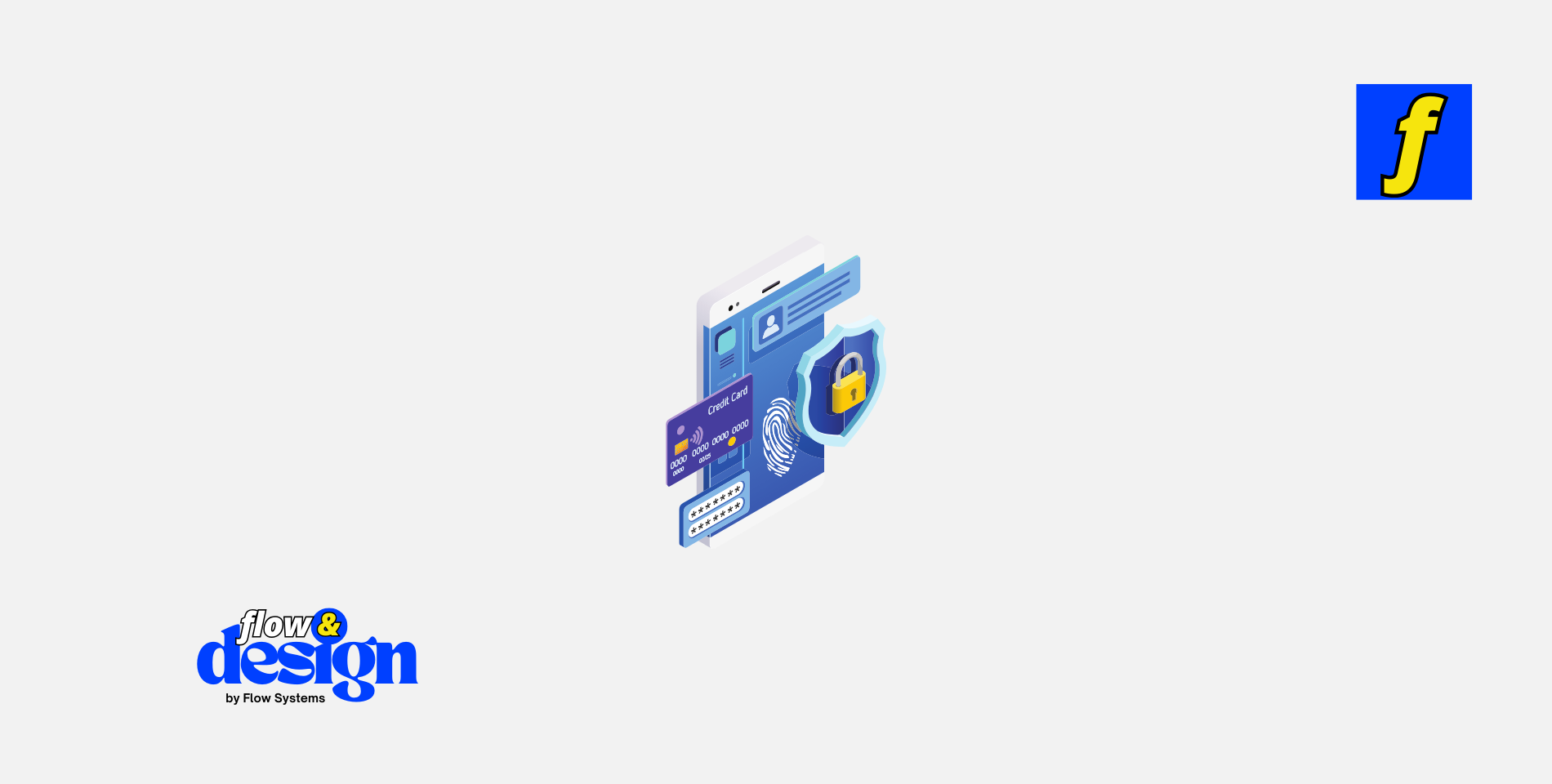Having a strong online presence is essential for businesses of all sizes. A well-designed website can attract customers, showcase products and services, and ultimately drive revenue. However, with the increasing threat of cyber attacks and data breaches, it is more important than ever to prioritize web design security.
In this blog post, we will discuss the key aspects of web design security and provide tips on how to safeguard your website from potential threats.
Understanding Web Design Security
Web design security refers to the practices and measures implemented to protect a website from unauthorized access, data breaches, and other cyber threats. This includes both front-end and back-end security features that work together to ensure the safety and integrity of a website. A secure website not only protects sensitive information but also builds trust with users and enhances brand reputation.
Protecting your website from security threats is crucial for maintaining trust and safeguarding user data. At Flow & Design, we prioritize web design security to ensure your site is safe from vulnerabilities. From secure coding practices to regular updates, our team provides comprehensive solutions to keep your site protected from hacks and breaches.
Don’t leave your website’s security to chance. Explore our pricing options and let us secure your website today!
Common Threats to Web Design Security
There are various threats to web design security that website owners should be aware of, including:
1. Malware: Malicious software designed to infiltrate a website and cause harm, such as viruses, ransomware, and spyware.
2. Phishing: A fraudulent attempt to obtain sensitive information, such as passwords and credit card details, by posing as a trustworthy entity.
3. DDoS Attacks: Distributed Denial of Service attacks that overwhelm a website with traffic, causing it to crash and become inaccessible to users.
4. SQL Injection: A cyber attack that targets a website’s database by injecting malicious code to gain unauthorized access to sensitive information.
Best Practices for Web Design Security
To enhance web design security and protect your website from potential threats, consider implementing the following best practices:
1. Use HTTPS: Secure your website with an SSL/TLS certificate to encrypt data transmitted between the server and users, ensuring confidentiality and integrity.
2. Update Software Regularly: Keep your content management system, plugins, and themes up to date to patch security vulnerabilities and prevent exploitation by hackers.
3. Implement Strong Passwords: Use complex passwords and enable multi-factor authentication to secure user accounts and prevent unauthorized access.
4. Backup Data Regularly: Create backups of your website data and store them securely in case of a cyber attack or data loss incident.
5. Monitor Website Activity: Use security plugins and tools to monitor website traffic, detect suspicious activity, and block malicious bots and users.
6. Conduct Security Audits: Regularly assess your website’s security posture by conducting vulnerability scans, penetration testing, and security audits.
7. Educate Employees: Train your team on cybersecurity best practices, such as identifying phishing emails, avoiding suspicious links, and reporting security incidents.
The Impact of Web Design Security on SEO
In addition to protecting your website from cyber threats, web design security plays a crucial role in search engine optimization (SEO).
Google and other search engines prioritize secure websites in search results, giving them a ranking boost over insecure websites. By implementing web design security best practices, you can improve your website’s SEO performance and attract more organic traffic.
Key Factors for SEO-Optimized Web Design Security
To optimize your web design security for SEO, consider the following key factors:
1. Mobile Responsiveness: Ensure your website is mobile-friendly and responsive to different screen sizes, as Google ranks mobile-friendly websites higher in search results.
2. Page Speed: Improve your website’s loading speed by optimizing images, reducing server response time, and leveraging browser caching to enhance user experience and SEO performance.
3. User Experience: Design a user-friendly website with clear navigation, intuitive layout, and engaging content to increase user engagement and reduce bounce rates.
4. SEO-Friendly URLs: Use descriptive and keyword-rich URLs that are easy to read and understand by search engines, helping improve your website’s visibility and ranking.
5. Schema Markup: Implement schema markup to provide search engines with structured data about your website content, enabling rich snippets and enhanced search results.
Conclusion
In conclusion, web design security is a critical aspect of website development that should not be overlooked.
By implementing best practices for web design security, you can protect your website from cyber threats, build trust with users, and improve your SEO performance. Remember to stay vigilant, update software regularly, and educate your team on cybersecurity best practices to safeguard your website effectively. Prioritize web design security today to secure your online presence and stay ahead of potential threats in the digital landscape.
Products
- Learn Design Basics eBook – Understand the fundamentals of secure and effective design.
- Golden Ratio Design eBook – Balance your designs for both aesthetics and security.
- Landing Page Design eBook – Learn how to create secure, high-converting landing pages.




